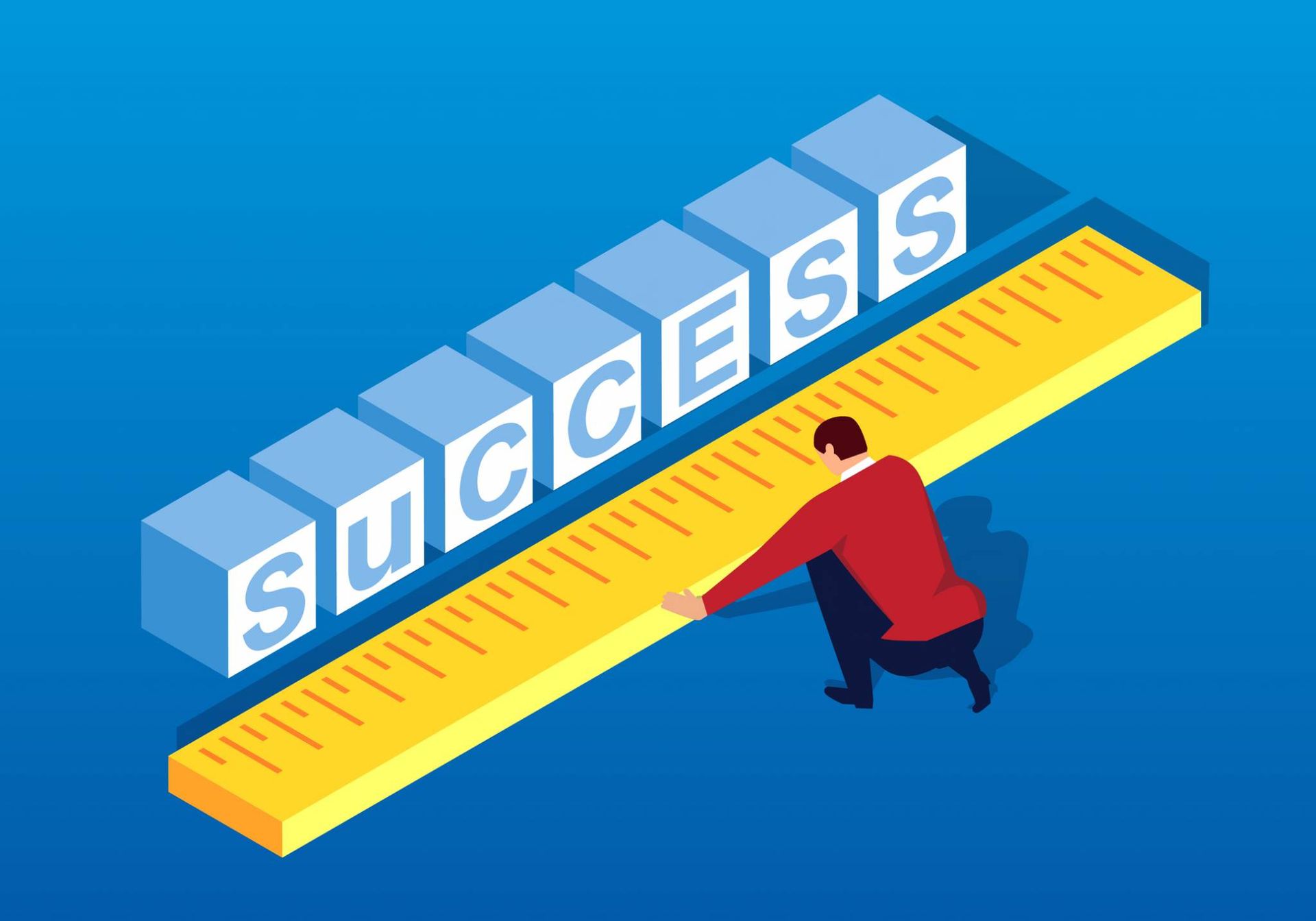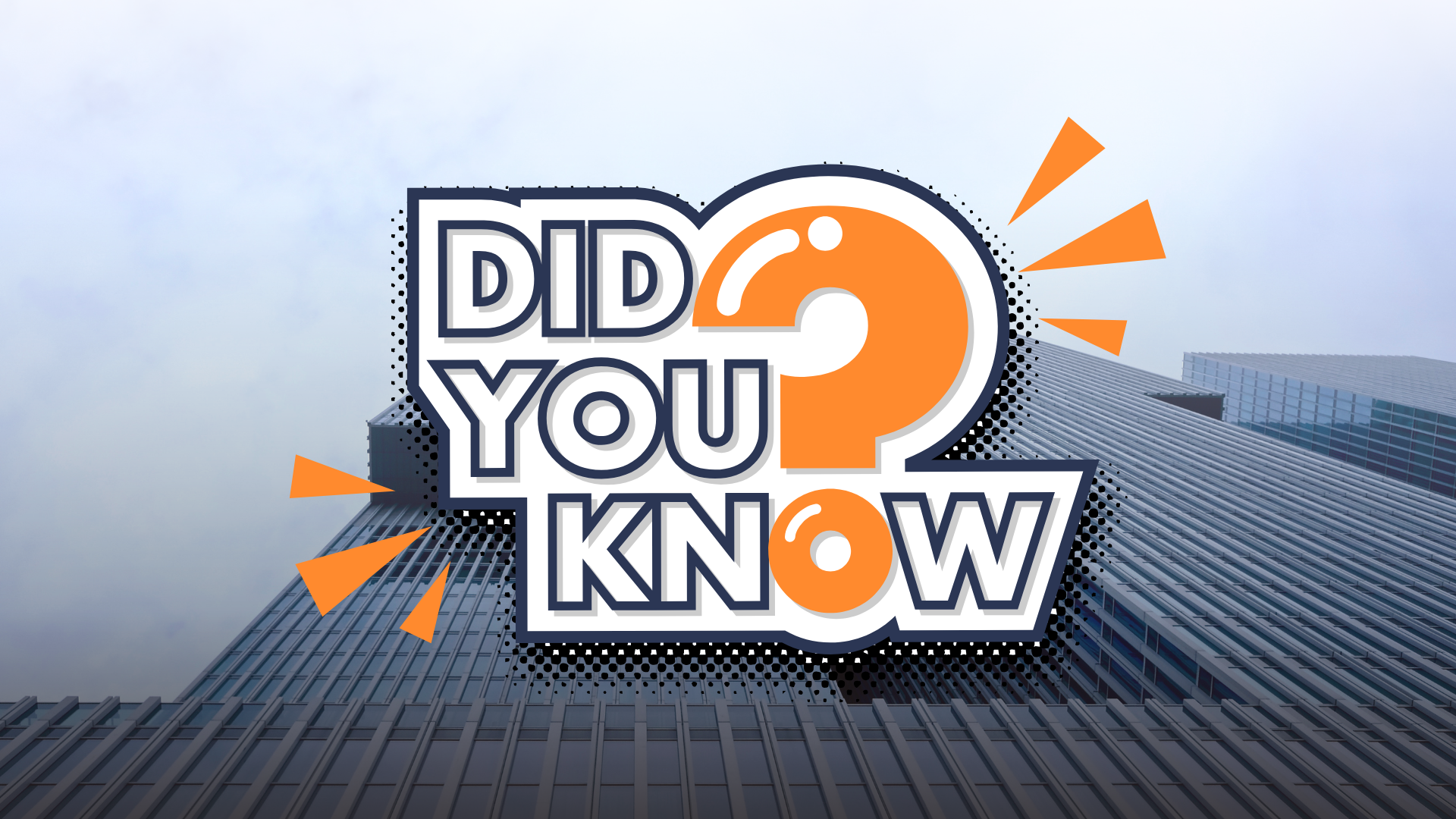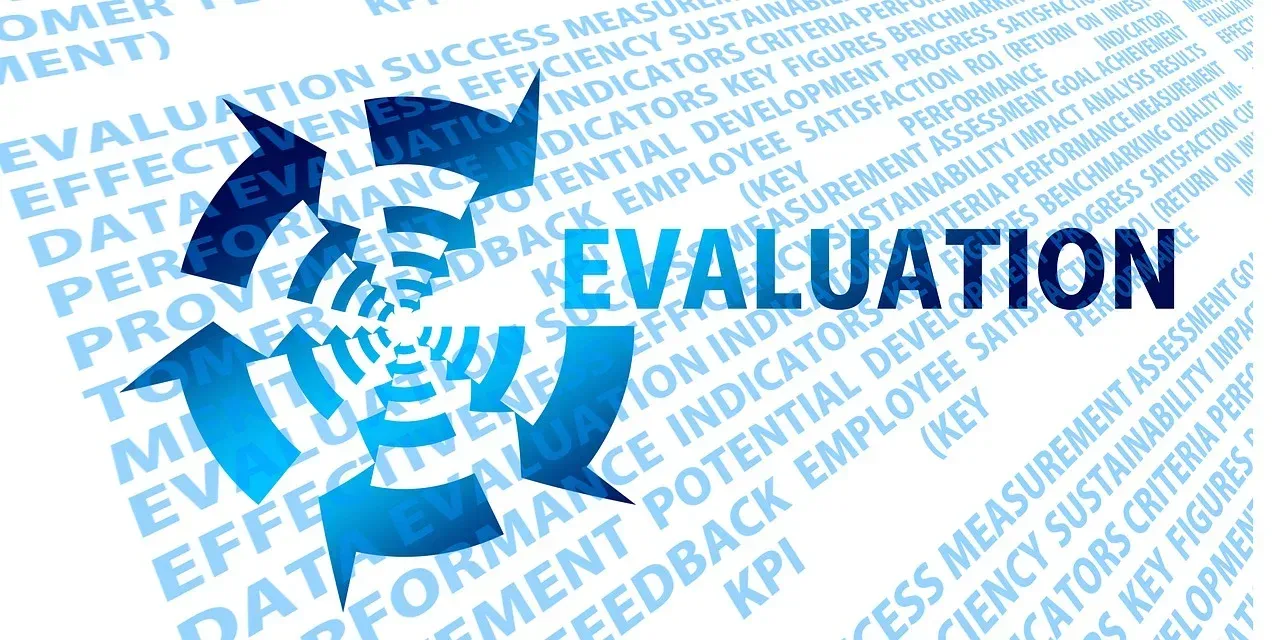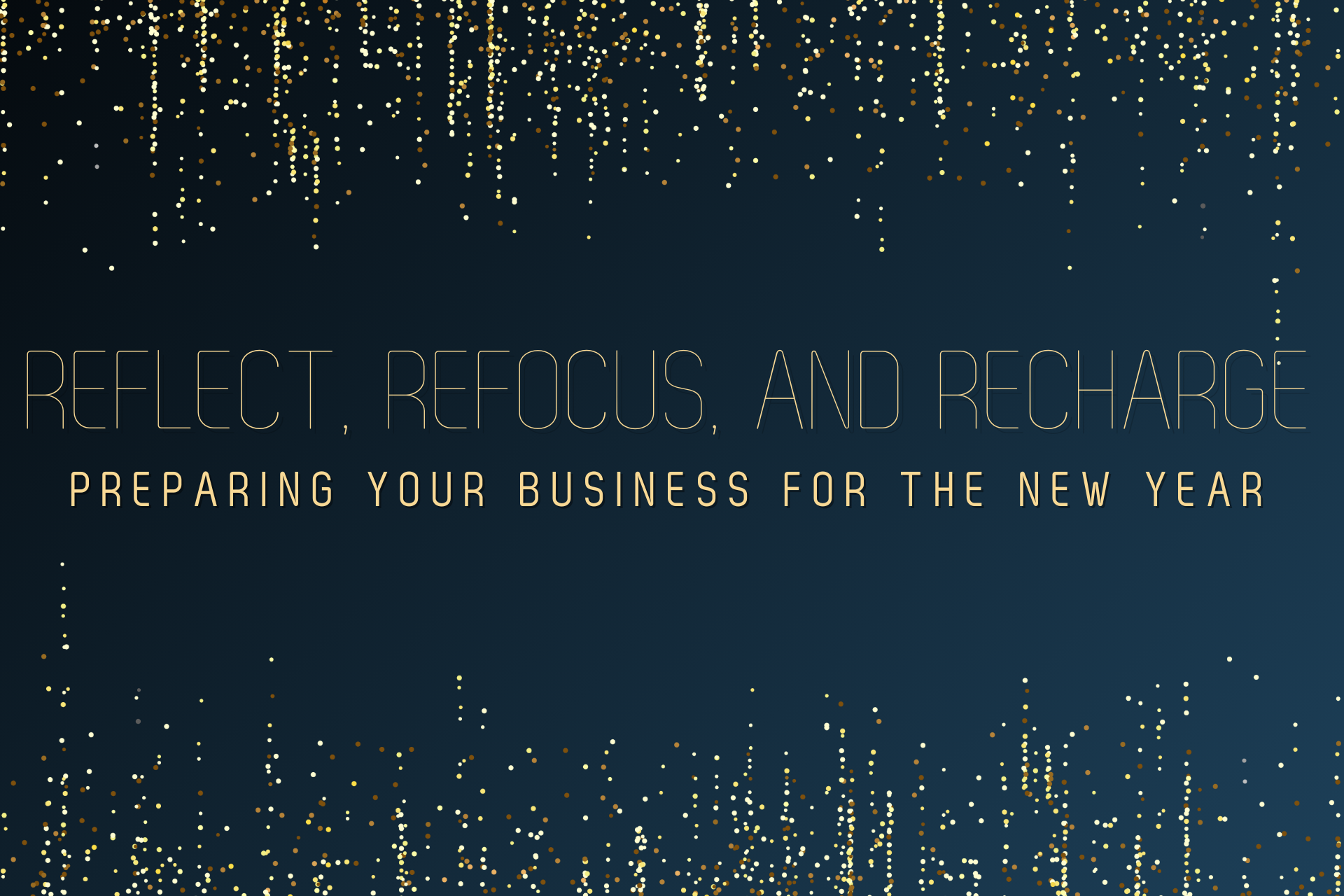Measuring the True Benefit of Human Resources Outsourcing

There are two sides to owning a business: “the business of business” and “the business of employment.” Most business owners did not go into business to be employers. They don’t possess all the necessary human resources training, payroll, and accounting skills, knowledge of regulatory compliance, background in risk management, or know-how of insurance and employee benefit programs to meet all the demands of being a good employer. Realizing the complexities and liability employees present, the option of outsourcing all of these employment issues to one group of professionals, one team of experts, and one vendor, can make sense for many business owners.
Like any business process being outsourced, human resources outsourcing to a “Professional Employer Organization” (PEO) has started to boom. It is now the fastest-growing segment of the business process outsourcing sector. Originally established to benefit small to medium-sized businesses, the industry is seeing larger and larger companies outsourcing their human resource operations. The goal of a PEO is to increase profitability, maximize employee productivity, and reduce employee-related liability. The prospect of cutting costs is often what motivates companies to consider outsourcing. However, companies must look beyond the initial cost savings and must analyze the impact of outsourcing on employee satisfaction and overall organizational performance.
How does a PEO arrangement work?
In the relationship between a PEO, a worksite employee, and a client company, there exists a co-employment arrangement in which both the PEO and the client company have an employment relationship with the worker. The PEO and client company contractually allocate and share traditional employer responsibilities and liabilities. The PEO assumes responsibility for the “business of employment” including risk management, human resources, employment law compliance, payroll, and employee taxes. The PEO can provide a complete human resource and employee benefits package to the worksite employee. The client company directs and controls worksite employees in the delivery of its products and services.
Why would a business use a PEO?
Let's start with the most apparent benefit: cost savings. PEOs often claim to reduce HR-related costs, and they typically deliver on this promise. However, measuring the true extent of these savings involves more than just comparing fees. Consider factors such as:
- Administrative Time: Calculate the hours your team saves by outsourcing HR tasks. Time saved is money saved.
- Risk Mitigation: Evaluate how PEOs help prevent costly compliance errors and potential legal issues.
- Employee Retention: Assess how PEOs can improve employee satisfaction, reducing turnover costs.
HR Expertise
One of the often-overlooked advantages of PEOs is their deep HR expertise. A PEO isn't just a service provider; it's a partner in HR excellence. Measure this benefit by:
- Employee Training: Determine if your PEO offers valuable training resources that enhance your workforce's skills and knowledge.
- Compliance Support: Evaluate the level of support your PEO provides in navigating the ever-changing landscape of employment laws and regulations.
- HR Strategy: Gauge whether your PEO helps you develop and implement HR strategies that align with your business goals.
Access to Benefits
PEOs can grant SMBs access to competitive employee benefits typically reserved for larger enterprises. To measure this benefit:
- Employee Satisfaction: Survey your employees to gauge their satisfaction with the benefits offered through the PEO.
- Attraction and Retention: Analyze whether access to better benefits helps attract top talent and retain valuable team members.
- Cost Savings: Compare the cost of benefits offered through a PEO with what you'd pay if you sourced them independently.
4. Compliance and Risk Management
PEOs excel at ensuring businesses stay compliant with employment laws and regulations. Measure the impact by:
- Audit Results: Assess the results of compliance audits to determine if your organization has fewer violations and penalties.
- Legal Issues: Track the number and cost of legal issues related to employment, noting any reductions since partnering with a PEO.
- Insurance Rates: Check if insurance rates have improved due to better risk management practices.
5. Focus on Core Business
Ultimately, the true benefit of a PEO is the freedom it gives you to focus on your core business. Measure this by:
- Business Growth: Evaluate if your business has grown or expanded into new areas since partnering with a PEO.
- Innovation: Determine if you've had more time and resources to innovate and stay competitive in your industry.
- Customer Satisfaction: Survey your customers to see if your improved focus on core business operations has positively impacted their experience.
Even for a business that has a human resource department, the PEO provides valuable and complementary expertise and services. Additionally, PEOs provide worksite employees with coverage under the entire spectrum of employment laws and regulations, including federal, state, and local discrimination laws, Title VII of the 1964 Civil Rights Act, Age Discrimination in Employment Act, ADA, HIPAA, Equal Pay Act, and COBRA. In some cases, these laws would not apply to workers at small businesses without the PEO relationship, since many statutes have exemptions based upon the number of workers in a workforce. Once included in the PEO’s workforce, the workers are protected by these laws.
In a PEO arrangement, does the business owner lose control of his or her business?
Absolutely not! The client retains ownership of the company, hires, fires, and manages the day-to-day activities of the workers.
- Why would a worker want a PEO as an employer? Many PEOs provide exceptional employee benefits including health benefits, retirement savings plans, and aggressive workplace risk management. Job security is improved as the PEO’s economies of scale permit a business to lower employment costs. Job satisfaction and productivity increase when workers are provided quality human resource services.
- Successful Partnerships: Creating a successful partnership with a PEO requires the selection of a PEO that has high standards, outstanding customer service, and quality-inclusive programs. When choosing your PEO, apply the same standards you would use when selecting an attorney, CPA, or any other trusted advisor.
Summary: Businesses face a choice in the way they structure and pursue HRO strategies: Human resource outsourcing increases productivity from workforce investments, which dramatically improves strategic and sustainable competitive advantages and allows employers to closely manage HR-related costs. It’s always advisable to transform your HR from a cost center to a strategic resource. Use the tools and expertise that help remove the burden of managing back-office functions so that you can focus on leveraging employee performance and supporting strategic initiatives. Realization of your complete responsibilities, associated time, cost, and liability exposure is crucial in evaluating the value a PEO relationship could bring to your business.
You might also like



